Health and Wellbeing Trends
The growing awareness of health and wellbeing among urban populations seems to be significantly influencing the Green Wall Market. Research indicates that exposure to greenery can reduce stress and improve mental health, leading to a heightened demand for green walls in residential and commercial spaces. The market data suggests that properties with green walls can command higher rental prices, as tenants increasingly seek environments that promote wellbeing. This trend indicates that the Green Wall Market may continue to expand as more individuals and businesses recognize the benefits of integrating nature into their living and working spaces.
Urban Sustainability Initiatives
The increasing emphasis on urban sustainability initiatives appears to be a pivotal driver for the Green Wall Market. Cities are increasingly adopting policies aimed at enhancing green spaces to combat urban heat islands and improve air quality. For instance, the integration of green walls in urban planning is seen as a viable solution to mitigate environmental challenges. According to recent data, cities that have implemented green infrastructure have reported a reduction in energy consumption by up to 30%. This trend suggests that the Green Wall Market is likely to experience growth as municipalities invest in sustainable solutions to enhance urban living conditions.
Aesthetic and Architectural Trends
The evolving aesthetic and architectural trends in urban design appear to be significantly impacting the Green Wall Market. Architects and designers are increasingly incorporating green walls into their projects to enhance visual appeal and create unique spaces. Market data suggests that properties featuring green walls can increase their market value by as much as 15%. This trend indicates that the Green Wall Market is likely to thrive as the demand for innovative and visually striking architectural solutions continues to rise.
Regulatory Support for Green Infrastructure
Regulatory frameworks supporting green infrastructure initiatives seem to be a crucial driver for the Green Wall Market. Governments are increasingly recognizing the importance of green walls in achieving environmental goals, leading to incentives and funding for such projects. For example, certain regions have introduced tax breaks for buildings that incorporate green walls, which could potentially stimulate market growth. This regulatory support indicates that the Green Wall Market may benefit from favorable policies that encourage the integration of green solutions in urban development.
Technological Innovations in Green Wall Systems
Technological advancements in green wall systems appear to be transforming the Green Wall Market. Innovations such as automated irrigation systems and advanced plant selection technologies are enhancing the efficiency and effectiveness of green walls. Market data indicates that the adoption of smart technologies in green wall installations can lead to a 40% reduction in water usage. This suggests that as technology continues to evolve, the Green Wall Market may witness increased adoption rates, driven by the desire for sustainable and efficient solutions in urban environments.


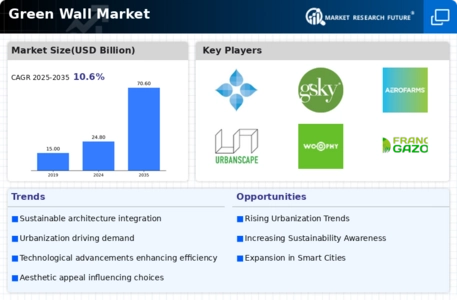
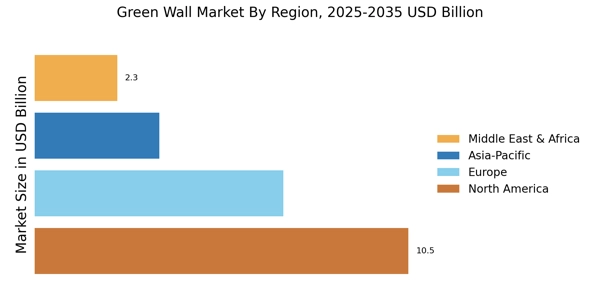
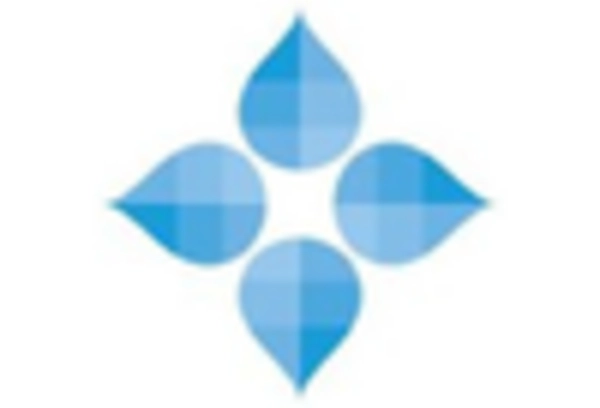
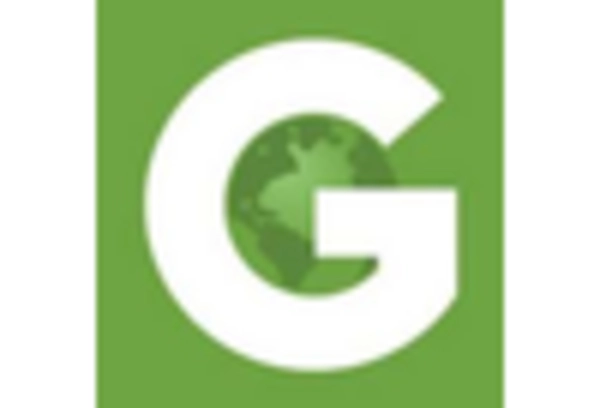


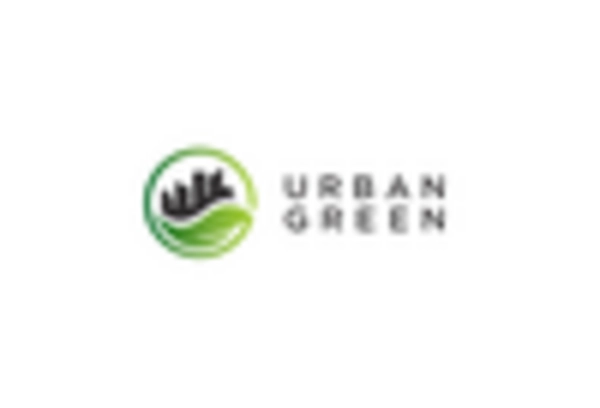









Leave a Comment